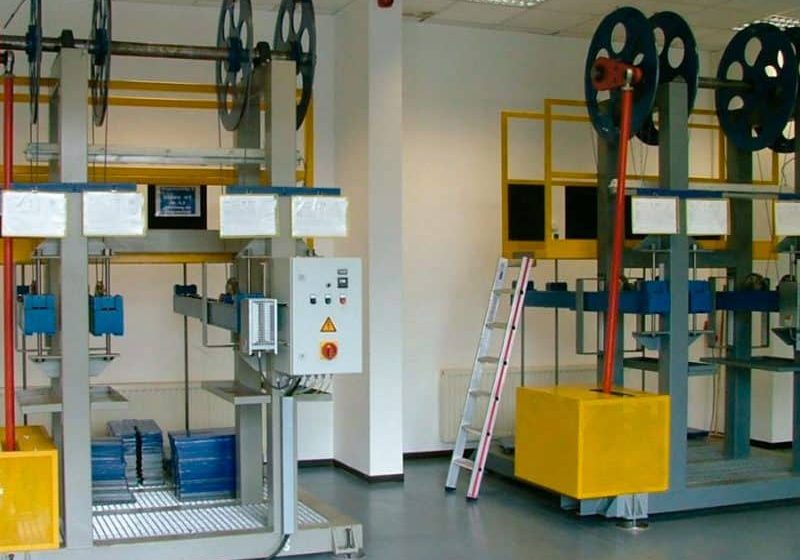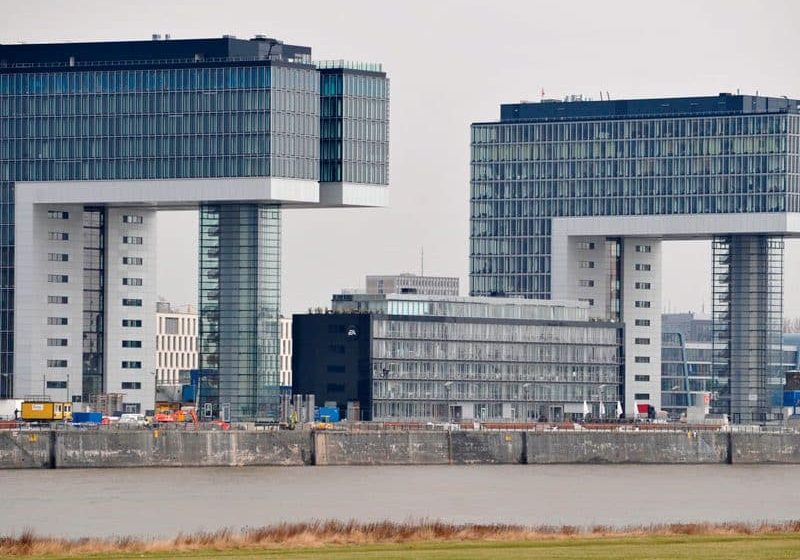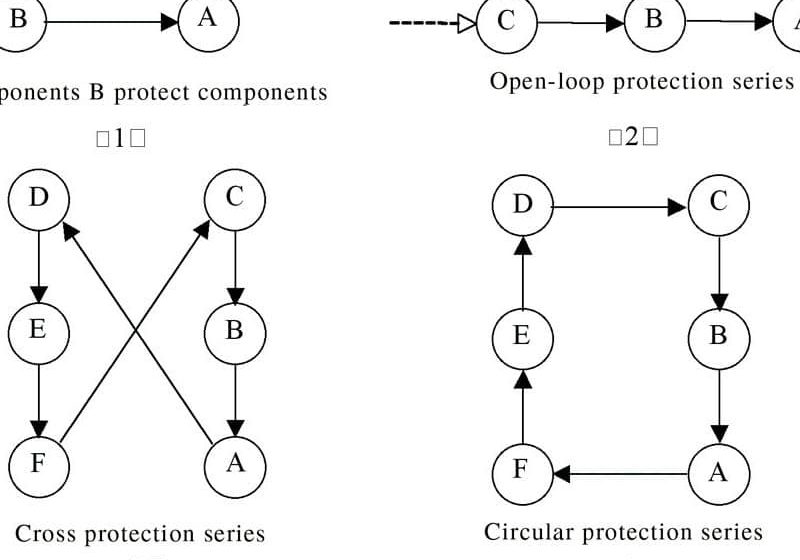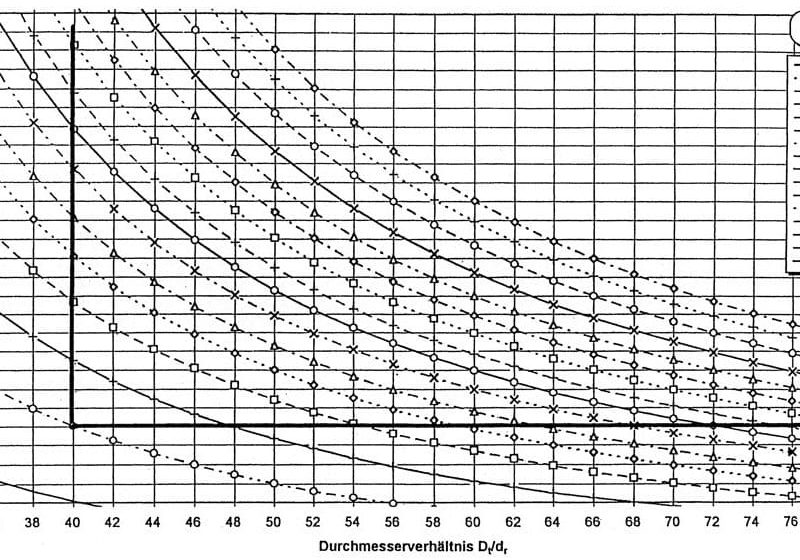Operation Suburb
Jul 1, 2011
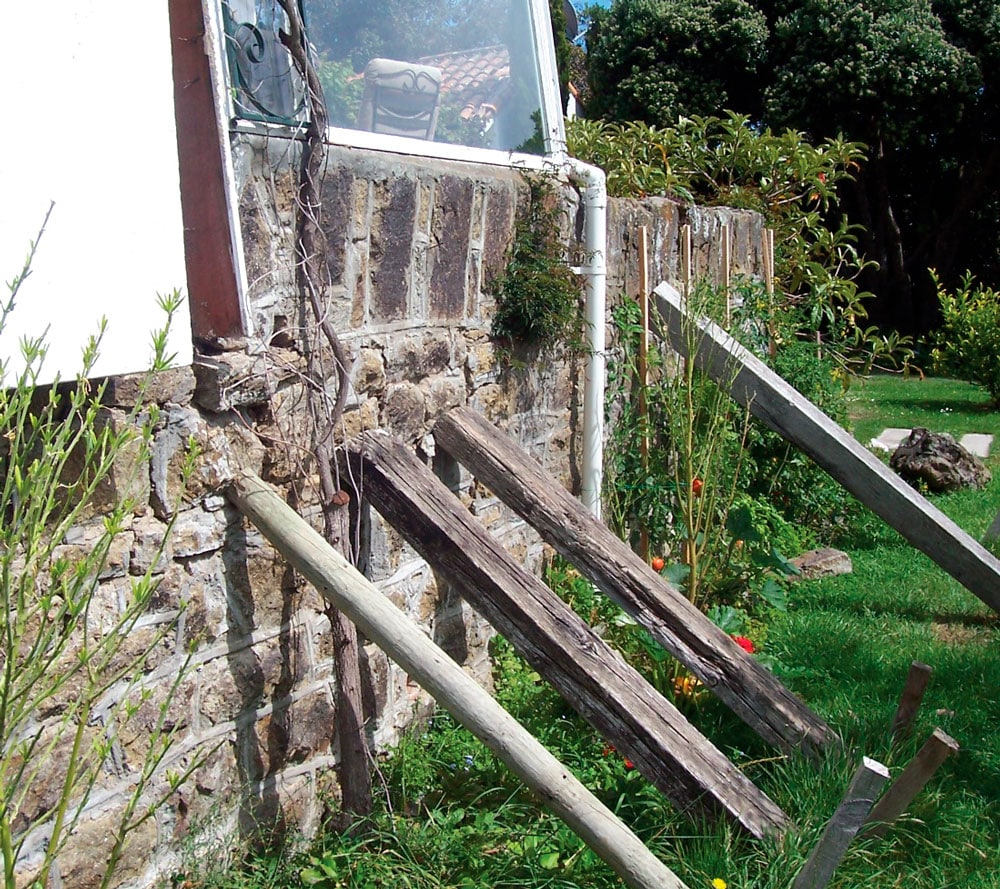
Inspectors investigate more than 52,000 buildings in the wake of the Christchurch, New Zealand, earthquake.
Following on from the tragic earthquake in Christchurch, New Zealand, on February 22, many individuals and teams turned up to help. The incredible scenes of people on search-and-rescue operations have been beamed into our lounges and workplaces for a while. Also, there have been armies of people who mobilized themselves in the city (students, and sports and church groups, etc.) Additionally, there has been great work done by volunteers and fundraisers working from their hometowns outside of Christchurch. The opportunity for input from a building-control point of view came through relatively quickly. By the day following the quake, plans were underway to assemble a large group of building officers in Christchurch to work on the identification and assessment of the residential buildings in the suburbs – particularly those most affected in the eastern part of the city. It was known that there was substantial damage to buildings and infrastructure services and that there was likely to be a lot of need for shelter and accommodation in the very immediate future.
The project, dubbed “Operation Suburb,” was in effect between February 25 and March 25, and put together by the Building Officials Institute of New Zealand (BOINZ) and Department of Building and Housing (DBH) with the following criteria:
- Assemble a large group of building officials, engineers, welfare staff and support crew to quickly assess the health and safety of residential buildings in the worst-affected eastern suburbs.
- Undertake approximately 52,000 rapid assessments of these buildings and carry out a level-1 assessment (approximately taking
- 10-15 min. per property).
- The focus was upon whether the
- building could be safely used for shelter, at least in the short term. Identify buildings that should not be used for occupation and place red cards on them. (These would be confirmed by further, level-2 assessments.)
- Provide support to the people affected and get them in touch with the correct welfare agencies
At Lakes Environmental, Ltd., we were quick to respond with an initial team of two building officers and two engineers. We had a fair number of additional volunteers help, with more people volunteering over the following week, and even more committed to the following (second) phase of assessments. At the heights of Operation Suburb, we had eight building officers and engineers on deck in Christchurch. This decimated the number of staff at our home office, and we really appreciate the support from those left behind covering for us. Many customers were also understanding upon learning that our services were stretched.
All of our team members did a great job being right in there amongst it from the outset. It is one thing being caught up in the earthquake and getting out of there, but it is equally daunting to be heading into the devastated area knowing that you have a job to do – to enter and assess some of these already-weakened buildings with the certainty of aftershocks coming through. Also, the family members and friends left behind to worry about us going into that environment must be acknowledged, thanks for your support.
The first thing each morning, we held a briefing on the situation and any changed procedures. All build-ing officers acted as team leaders for their group. We then went to pick up documents prepared for us to get an area of the eastern suburbs assigned to us and were then sent to pick up the other members of our team to act in a welfare capacity. It felt a bit like the old days of primary school –picking who you wanted to be on your sports team.
Inspections
Our first task was to identify whether someone was at home, not only to be respectful, but also to ascertain whether anyone was injured or required assistance. In the area in which I worked, only about 25% of the people were at home, because it was a hard-hit area, and many appeared to have gotten out of there in a hurry. Some of the people we met were only back momentarily to collect some essentials. This is where the welfare team really stepped up, talking to these people to ensure they were all right, running through a questionnaire to collect in-formation and, basically, be reassuring. My role as the building officer was to make the assessment of structural stability of the dwelling, surrounding land, retaining walls, etc. Many cases didn’t require an internal inspection, which was fortunate considering our tight timeframe. Some of the hazards to look out for, of course, were falling debris from things such as roof tiles; collapsing retaining walls around the property; and dislodged gas cylinders and sup-ply lines. There was no power, water or sewerage services for the majority of the houses we visited.
Many homes had shed their exterior claddings, particularly those with 100-mm concrete block or brick veneers. It was interesting to see how the brick ties worked over different periods of construction. Screw fixings for brick ties performed substantially better than nailed versions. The majority of these homes, though, would have received a green card rating if there weren’t more imminent danger.
It is not a nice feeling to give a person’s home a red-card rating, but it is necessary for their current well-being at that point in time. We had to make many hard calls on the basis of structural integrity. In general, a lot of damage occurred at the extremities of buildings – anything that could shake and not get support from another part of the structure was most at risk. That is the reason for a lot of failure of parapets and freestanding walls. Also, a lot of damage occurred to gardens and landscaping features.
The majority of the damage explained thus far, of course, relates to the physical property damage to homes. I think one of the hardest things to come to terms with from afar is the impact upon people who have had their whole working life pulled out from under them and/or lost loved ones or workmates, and in some respects, their physical homes and possessions are the easiest things with which to deal. This is where the wonderful people such as Salvation Army staff come in. These people are great; they made them-selves available to help out anyone, including us building officers.
After a couple of days out in the field doing the inspections, I got a telephone call from a man running the operation for DBH. He gave me a role in the planning of the operation over the next days to come, and the helping to continually improve the efficiency of getting the teams out the door in the mornings and reallocating teams to areas of the suburbs as they completed parts. This was a great experience in terms of pulling together information about the state of what we had achieved to date; getting the information about how many teams of people; vehicle re-sources, etc. we would have at our disposal the following day; and studying various maps to pull together details of what was still to be achieved. We wound up making new maps and allocating how many teams would go into specific areas. Then, at around 1 a.m., we handed this over to the administrative support part of the operations team to collate it. When we returned after a little bit of sleep at around 6:30 a.m., packets had been prepared for the teams along with any new briefing information.
There were several suggestions from guys out in the field about how we could improve or streamline things, and it was great to be able to achieve some of those improvements as we went along. The results in efficiency of deployment and the sheer numbers of houses we were able to inspect as the days went on was great. The first day we had arrived in Christchurch, it was great to hear that we got through over 4,700 inspections with 100 teams deployed. The next day it was just under 8,000, then the next, it was over 12,000. At the height of it all, we achieved 17,945 inspections on one day with 236 teams deployed. We had been set the task of inspecting approximately 52,000 homes in total, but we ended up getting through just over 70,500.
This was great experience for our building-control roles back in Queenstown, New Zealand. We can be better prepared on a number of items as a result, though it must be remembered that the results of no two earthquakes are the same, as we have seen both in New Zealand and in reports of Japan’s natural disasters triggered by the March 11 earthquake (ELEVATOR WORLD, May 2011). The complexities of what sort of services and utilities are still available, communications and road damage, and just even which time of day a disaster strikes can each have a significant effect. If there is any small positive to come out of these events, it has to be that we are all more aware of what can happen, how we can be more prepared and how people do come together to support each other when the chips are down.
This lovely note sent to me via e-mail from my new Australian friend, David, after he got back home says it all of the people involved in Operation Suburb:
“Peter, just to share with you as we were landing in Sydney, the hostess gave me a note which read ‘Salvation Army thank you for all the hugs and kisses,’ then she announced that Air New Zealand would like to say thank you to The Salvation Army for all its help. All the people on the plane then clapped and cheered; I tell you, that was when I felt the biggest impact. Your people are one of a kind, and I want to through you say, ’Thank you.’”
In summary, although I would have been happy to never have had to attend this sort of disaster area, the positives about going were many for me. I would like to thank my workmates, peers and welfare people who attended without question, and especially the friends, families and work-mates left at home who supported us. Also, thanks to the teams at DBH and BOINZ for organizing the whole project. Canterbury, New Zealand, still needs a lot of help and support, and I’m sure it will be forthcoming.
Get more of Elevator World. Sign up for our free e-newsletter.


